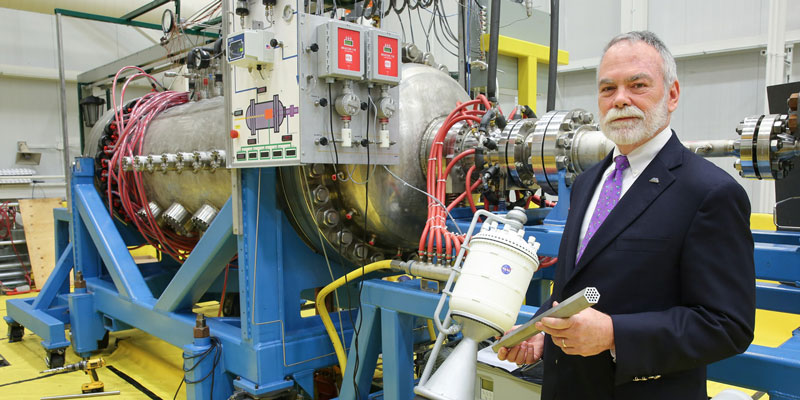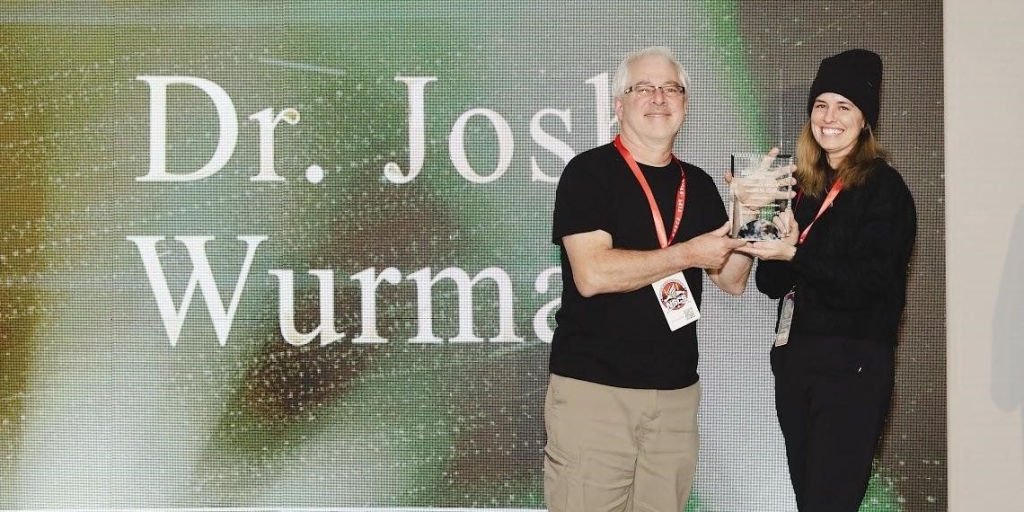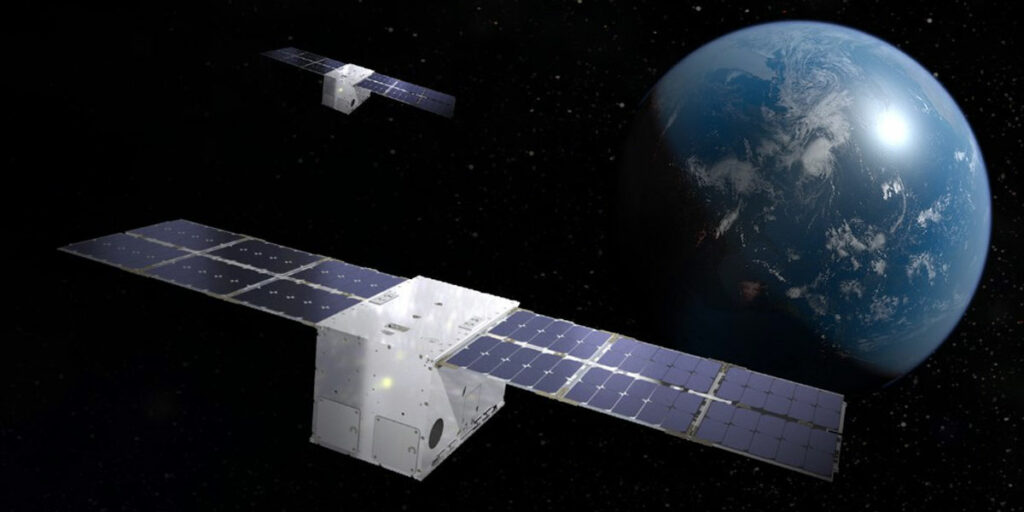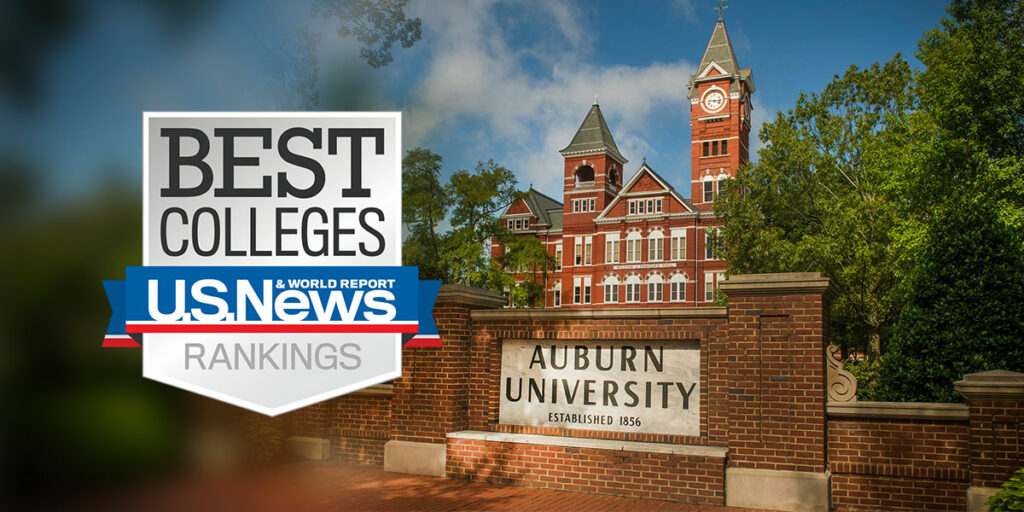HUNTSVILLE, Alabama – Aerospace engineering researchers at the University of Alabama in Huntsville are modeling how a future U.S. spacecraft might be engineered for nuclear propulsion. They are also studying how reliable rocket engine components can be printed using advanced manufacturing techniques.
These two projects illustrate why UAH consistently ranks among the nation’s top programs for federally financed aerospace research. In 2018, the university earned a No. 5 ranking for research activities in the field, according to data from the National Science Foundation.
Dr. Judith Schneider, a professor in UAH’s Mechanical and Aerospace Engineering Department, said the university’s location in Cummings Research Park means it is perfectly positioned for collaborations with aerospace companies and government agencies located on Redstone Arsenal.
“We’re here in Huntsville, the Rocket City,” said Dr. Schneider, whose research focuses on advanced manufacturing processes such as friction stir welding and additive manufacturing of metals. “I don’t think there is another place in the world that has all the capabilities we have right here in one location.”
POTENTIAL PARTNERS
Marshall Space Flight Center, NASA’s center for propulsion research and a frequent collaborator, stands nearby. Major aerospace and defense firms including Boeing, Lockheed Martin and Northrop Grumman all have a major presence in Huntsville, which also hosts homegrown firms such as Dynetics.
Meanwhile, many other companies, including space flight company Blue Origin and rocket engine manufacturer Aerojet Rocketdyne, have launched major growth projects in the city.
“Every major aerospace company in the industry is represented here. They’re all here,” Dr. Schneider said. “People are going to come to Huntsville and UAH because this is where all the players are.”
The extensive capabilities of researchers at UAH and other Alabama universities represent a critical component in strategic efforts to accelerate the growth of the aerospace industry in the state, according to Greg Canfield, secretary of the Alabama Department of Commerce.
“Alabama educators are engaging in high-level collaborations with key organizations within the aerospace and defense sector to tackle the toughest challenges facing this industry,” Secretary Canfield said.
“These educators, and their students, are making important technical contributions through groundbreaking research in spaceflight, aircraft design, additive manufacturing technologies, and much more.”
Alabama’s aerospace industry is home to 300 companies from 30 different countries, employing more than 13,000 people in manufacturing roles and another 4,600 working as aerospace engineers. The sector has seen more than $3 billion in new capital investment since 2011.
‘INNOVATIVE OUTCOMES’
Industry’s critical mass in Huntsville translates into opportunity for UAH researchers. The latest NSF data also showed that UAH ranks No. 11 among U.S. universities for NASA-sponsored research and No. 28 for Department of Defense research.
“This success points to the valuable partnerships that have existed for decades in this community and that UAH clearly provides effective and innovative outcomes to the technological challenges that exist for the U.S. Army, NASA and the FBI,” said Dr. Bob Lindquist, UAH’s interim vice president for research and economic development.
One ongoing project for NASA centers on nuclear thermal propulsion as part of a potential test flight later this decade. The space agency is trying to determine the feasibility and affordability of a low enriched uranium-based NTP engine to power a manned spacecraft.
UAH researchers are working closely with counterparts at Marshall Space Flight Center and private contractors to solve the technical challenges created by a nuclear reactor at the heart of a rocket engine for deep space voyages.
UAH’s research focus is on modeling the nuclear-powered spacecraft on a mission to Mars.
“That’s why NASA brought us onboard, to explore opportunities and to look off into the distance to see what might be accomplished,” said Dr. Dale Thomas, UAH’s eminent scholar in systems engineering, who is the principal investigator for the research grant.
ADDITIVE EXPERTISE
Dr. Schneider works with NASA and small manufacturers to research the effects of non-equilibrium build conditions on the resulting microstructures of metals used in additive manufacturing. A special concentration is on the interfaces formed in direct printing of bi-metallic components.
In one project for NASA, Dr. Schneider and her students worked with a vendor to help mature its processing of printing a single part from copper and Inconel, a nickel-based superalloy. NASA needed to determine if the part could stand up to the rigors of a hot-fire test, which was subsequently demonstrated.
Dr. Schneider’s ability to evaluate the microstructures of 3-D printed parts, especially those made with two different materials joined together, provides manufacturers with critical data about the integrity of their products.
“A lot of manufacturers are printing stuff today, but they don’t always have a full picture about the quality of what they are printing,” she said. “We are continuing to work with many small businesses. We can help them refine their process parameters to get a better product.”
In addition to collaboration with NASA, UAH’s expertise in additive manufacturing has led to collaborations with the U.S. Army Combat Capabilities Development Command Aviation & Missile Center (formerly known as the U.S. Army Aviation and Missile Research Development and Engineering Center, or AMRDEC) and others.
EMERGING AM CENTER
Major companies are also heavily involved in additive manufacturing in Alabama.
Carpenter Technology Corp. late last year opened a $40 million advanced manufacturing facility on its Athens production campus, where it produces high-end specialty alloys.
GE Aviation produces two jet engine components using additive technologies at a facility in Auburn that was the aerospace industry’s first site to produce an engine part using 3-D printing technologies. The plant is undergoing a $50 million expansion announced last year.
(Courtesy of Made in Alabama)













